Blog
The birds were hungry too: the art of Holocaust survivor Olga Horak OAM

June 25, 2024
Olga Horak OAM is one of Australia’s most prominent Holocaust survivors. For over three decades, her powerful words have inspired countless visitors to our Museum. Yet, many are unaware of another profound aspect of Olga’s life—her art.
The hidden ink sketches of Chaim Uryson

March 9, 2024
The hidden ink sketches of Chaim Uryson These sketches in our collection were done by Polish Jewish artist Chaim Uryson (1905-1943). They were donated to the Sydney Jewish Museum by …
The Maccabean Hall: Jack Meister’s second home

October 5, 2023
Many years before it held our Museum, our Darlinghurst building was home to the Maccabean Hall: a Jewish community centre, crucial to rehabilitating and integrating Holocaust survivor refugees in the late 1940s and early 1950s. Holocaust survivor, Jack Meister explores what the building means to him.
An Egyptian Rosh Hashana Seder
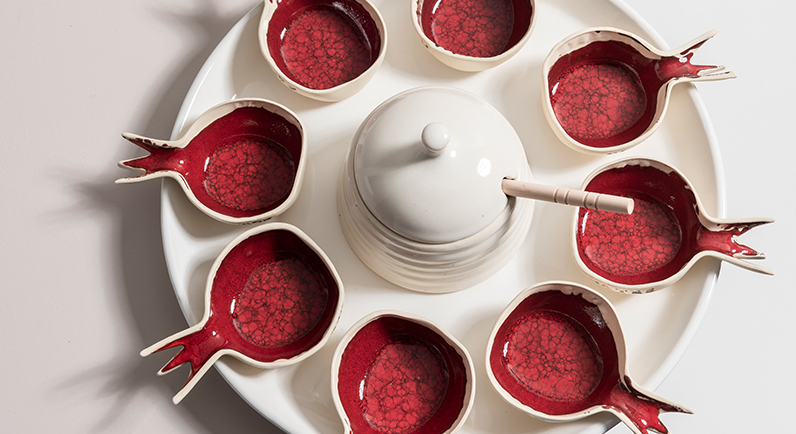
September 1, 2023
The festival of Rosh Hashana is both a joyous celebration and the start of a period of ten days during which observant Jewish people engage in profound introspection and prayer. Museum volunteer Racheline Barda recalls what the Jewish new year traditions were in her household in Egypt growing up.
The people behind the technology

May 17, 2023
For an initiative based on artificial intelligence, humans have been at the core of every phase of our cutting-edge AI project right from the beginning: from the survivors who sat down to answer 1,000 questions, to the museum staff who work with this technology every day, and the visitors who have personal interactions with it.
A survivor, an artist and a mystic
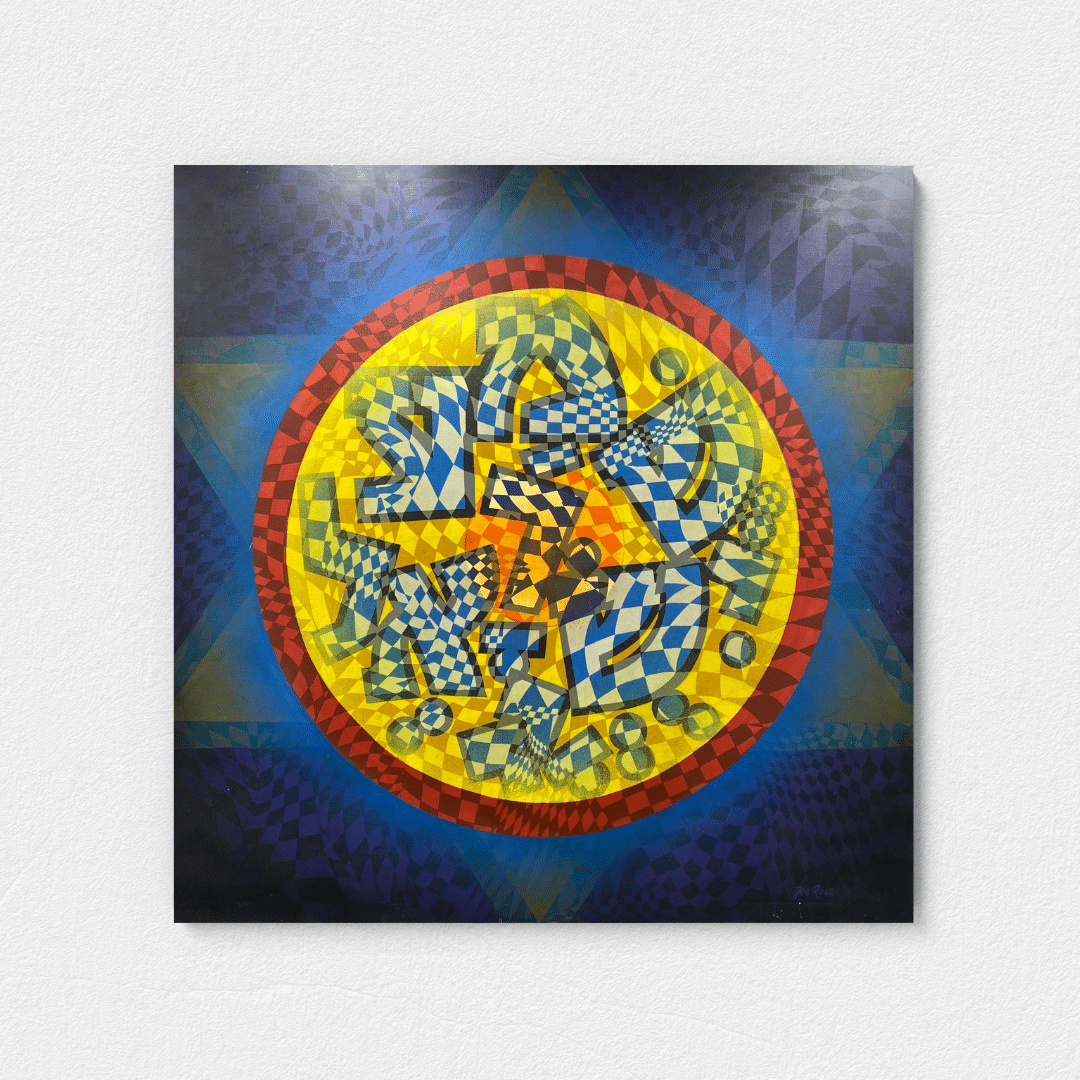
May 8, 2023
This untitled and undated artwork in our collection, likely from the 1970s, is marked by its swirling Hebrew letters and primary colours. The artist was a Holocaust survivor named Joe Rose who came to Australia after escaping to England. Senior Curator Roslyn Sugarman shares its unique story.
Unpacking the past

April 19, 2023
Learn about our incredible new Migration Stories: Arrival Forever primary school program, aimed at students in Years 5 and 6, that shines a light on the experiences of the Holocaust survivors who made new lives in Sydney after the war.
4 lessons you can learn today from Holocaust survivors
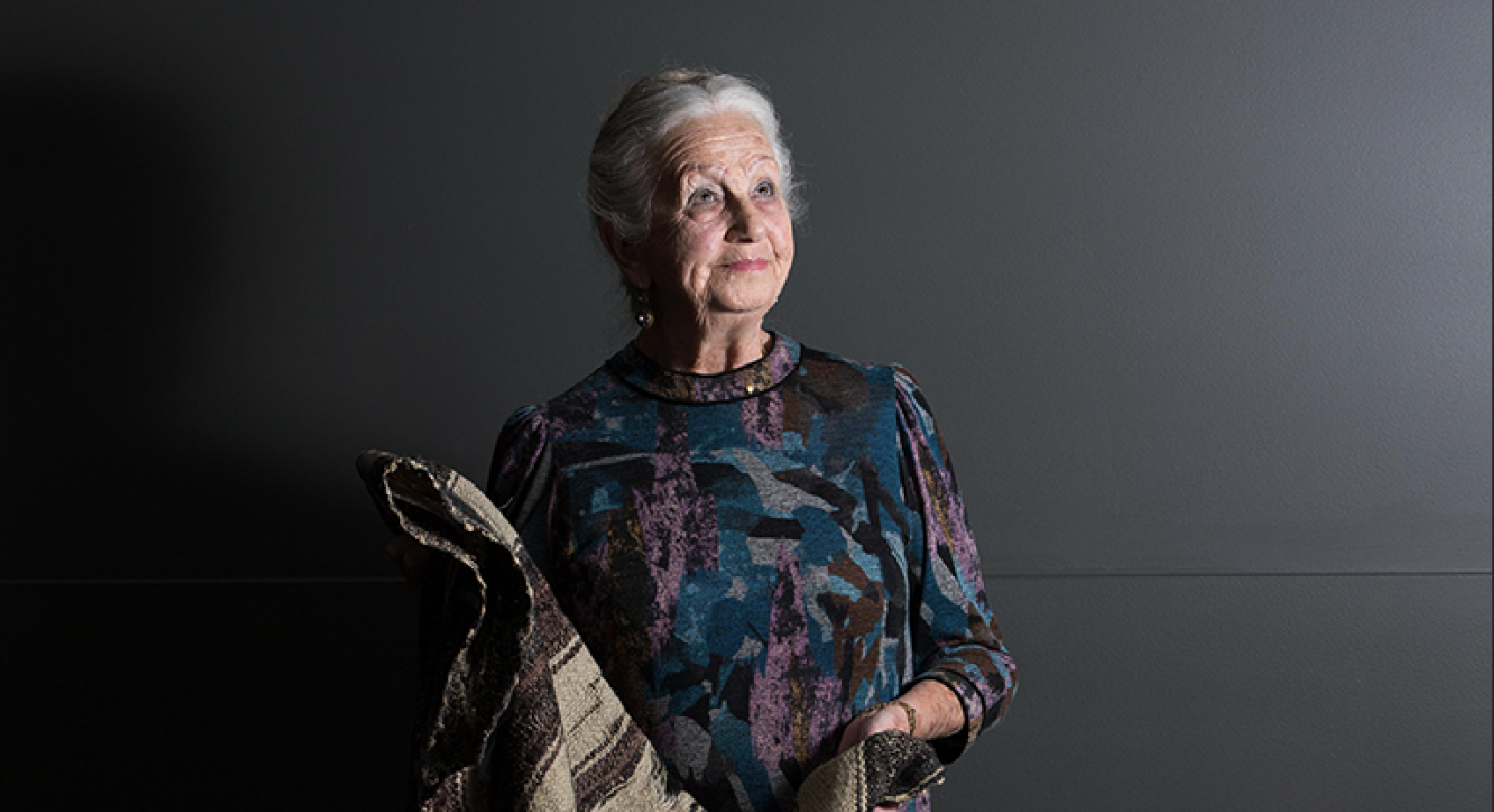
March 24, 2023
If you are in need of inspiration today, here are words from four Holocaust survivors: Olga Horak OAM, Eddie Jaku OAM, Jack Meister OAM and John Grushka, on resilience, perspective, happiness and humour.
From the hospital to the Underground: the story of Gusta Snyde

March 7, 2023
Gusta Snyde had dreams of becoming a surgeon, but anti-Jewish laws prevented her from studying medicine. Instead, she became a nurse for sick Jewish ghetto and concentration camp inmates. She would also join a women’s Underground resistance group, and after the war, care for 100 orphaned children.
Reminders of humanity: Jacqueline Dale’s birthday cards
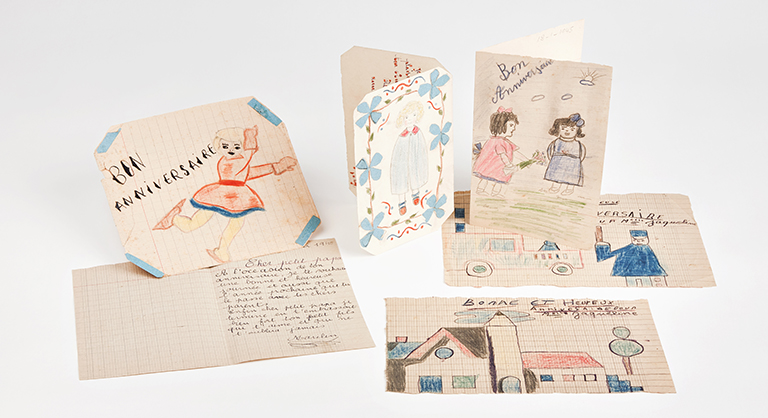
January 9, 2023
Reminders of humanity: Jacqueline Dale’s birthday cards Bordered by blue tape and creased by decades of history, the birthday cards given to Jacqueline Dale (nee Feldman) on the occasion of …
The unfinished baby books of Liesbeth Prins

September 19, 2022
Head Curator, Roslyn Sugarman tells the story of two unfinished diaries from the Museum’s collection. They are filled with photographs about Liesje – a little girl who was murdered in Auschwitz in 1943 – just two months shy of her sixth birthday. A poignant window into family life, these diaries reveal the depth of a mother’s love.
A reflection on NSW’s recent ban on Nazi symbols

August 26, 2022
“Public displays of Nazi symbols are not only an affront to those who lost family in the Holocaust and those who survived it, but also send a clear message of discrimination, racism and hate.” Manager of Student Learning and Research, Dr Breann Fallon, reflects on NSW’s recent ban of Nazi symbols.
Survivor Portraits – Dasia Black Gutman

August 5, 2022
In this image from our collection, Dasia holds a photo of her parents close to her heart. She was four years old and living as an Aryan child when her mother and father were deported to Zbaraz ghetto and later murdered.
Survivor Portraits – Lucy Chladek

May 11, 2022
Lucy Chladek was born in 1937. Even after surviving the Holocaust, she and her family were still not safe.
The stories behind the pink triangle
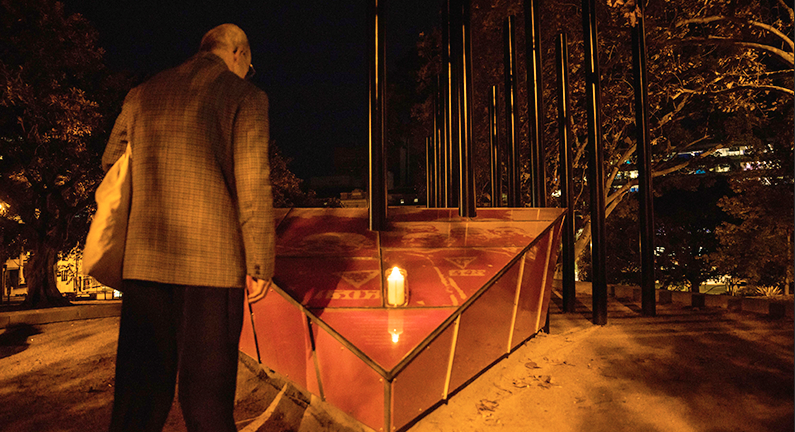
May 6, 2022
On International Day Against Homophobia, Transphobia and Biphobia we reflect on the untold testimonies from the persecuted LGBTIQ community during the Holocaust.
Uncovering an exhibition that was never seen
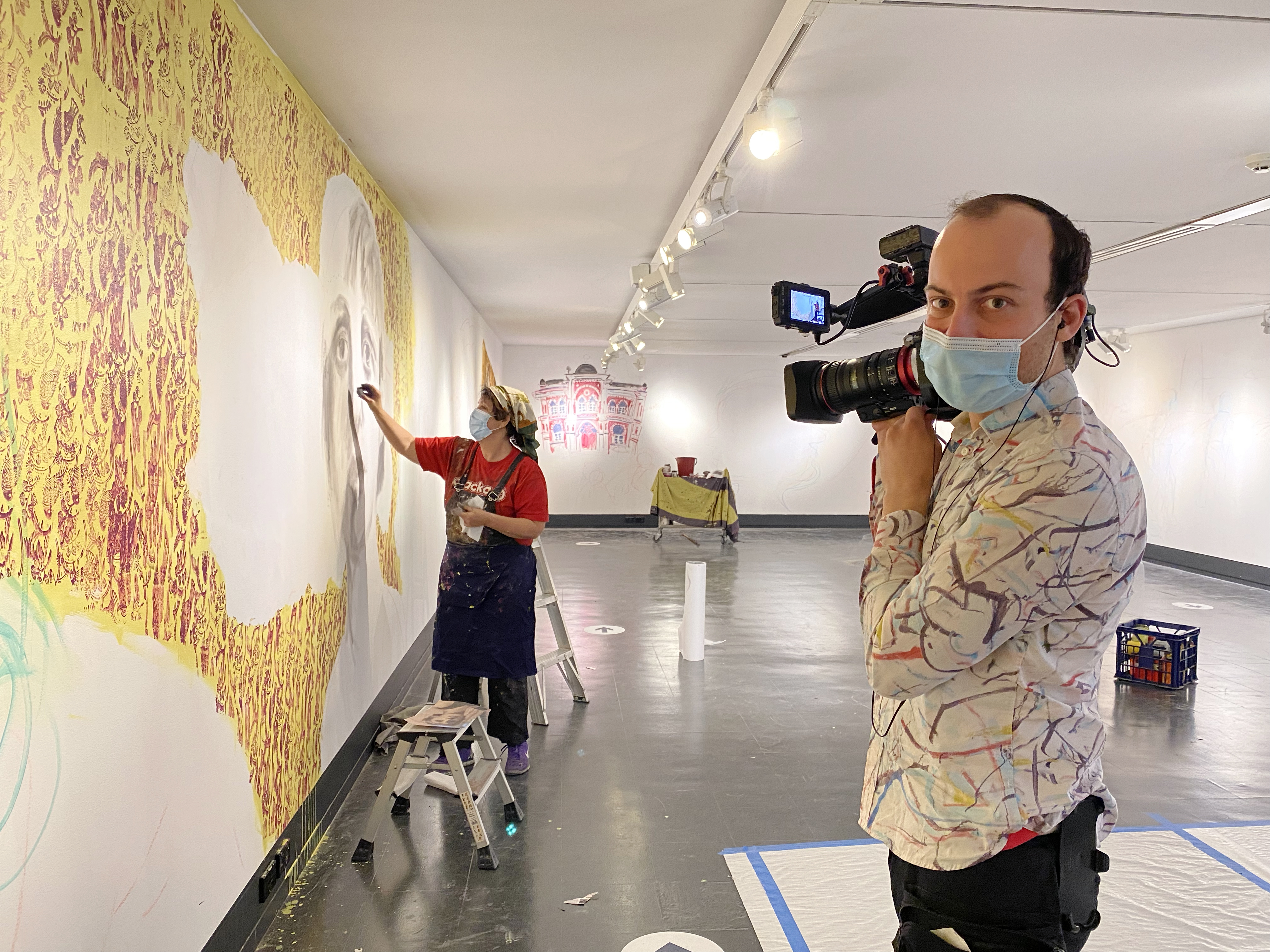
April 26, 2022
Last July, Wendy Sharpe took to the walls of the Museum to paint a large mural titled “Vu iz dos Gesele?” Sadly, due to Covid lockdowns, the mural would never be seen by Museum visitors, until now, with the release of a new documentary by Joshua and Karly Marks about the exhibition. Here’s what the filmmakers had to say.
“Never Again”: Raising Genocide Awareness

April 21, 2022
During Genocide Awareness Month, Dr Breann Fallon explores the hard truth that the crime of genocide prevails around the world – and that genocidal atrocities are occurring right now, in more than one place. We examine the definition of genocide as a crime, some of the cases of genocide that have been ignored and the key warning signs we should be looking out for.
What happened to Jewish Allied soldiers during the Holocaust?

April 13, 2022
Not much has been written about Jewish soldiers fighting in the Allied armies against Germany during World War II. One estimate puts the number at 1.5 million. Resident Historian, Emeritus Professor Dr Konrad Kwiet examines what happened to Jewish Allied soldiers during the Holocaust.
“This year in Jerusalem”: the story of a Seder plate

March 24, 2022
This Seder plate from our collection was given to Samuel Steif in a Displaced Persons Camp in Germany in 1948. It depicts the emancipation of the Jewish people from slavery – a meaning that would have taken on a deeper significance right after the Holocaust. It is engraved not with the traditional saying “Next year in Jerusalem”, but rather, “This year in Jerusalem”.
Telling the Holocaust through poems
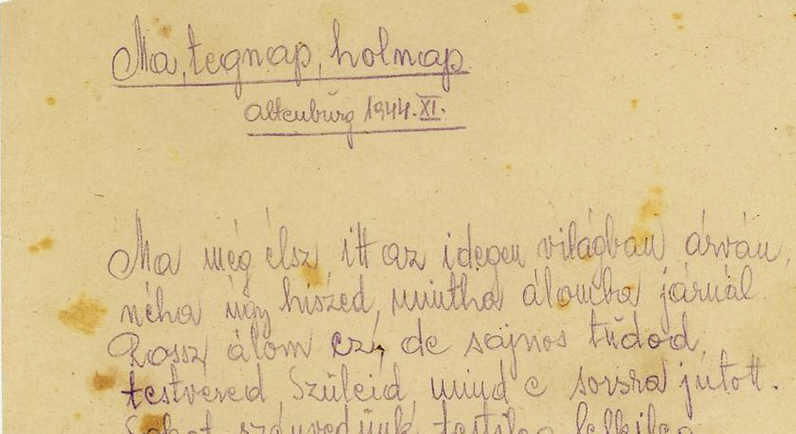
March 17, 2022
For many Holocaust victims and survivors, poetry was used to convey experience in ways that traditional language simply could not. Holocaust poems have emerged as an important medium to express emotions of suffering, despair and even hope.
Gandel Survey finds a quarter of Australians don’t know about the Holocaust

February 10, 2022
A recent Australia-wide survey by the Gandel Foundation found that a quarter of Australians don’t know about the Holocaust. Our Head of Education, Dr Rebecca Kummerfeld provides some important insights.
The Wannsee Protocol and The Villa at the Lake

January 20, 2022
On 20 January 1942, high-ranking officials of the Nazi State assembled at a villa on lake Wannsee in Berlin to sign the infamous Wannsee protocol, a plan for what was to be known as the “Final Solution”.
A story hidden in the seams

December 13, 2021
These Christmas-themed charms in our collection were made by a seamstress named Trude Baumann, within the walls of Oederan concentration camp between 1944 and 1945. Delicately detailed using small pieces of green and red felt, they showcase her talent for intricate stitchwork.
Uncovering a family’s last letters
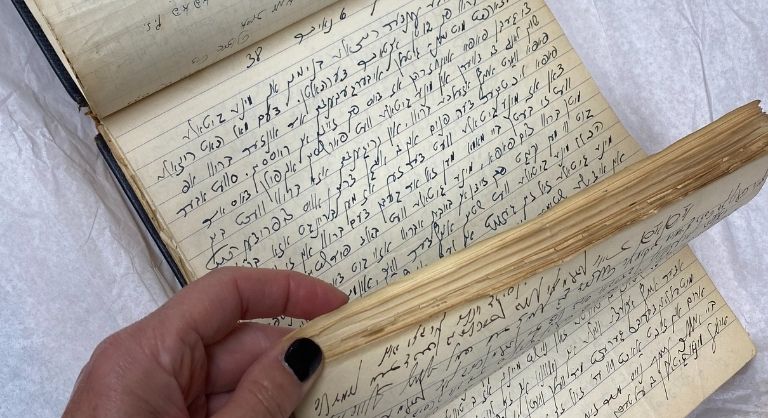
December 3, 2021
This new donation to our collection will keep our curators and a Yiddish translator busy for at least three years.
Survivor Portraits – Jack Feiler

November 29, 2021
Jack was born in a village just outside of Krakow, where a small group of Jews were hiding in a farmstead. With Nazis patrolling the area, the cries of a baby in hiding created an imminent danger.
Shining light on the chanukiah from Theresienstadt

November 23, 2021
This chanukiah was used by Rosalie and Ernst Salm to celebrate the festival of Chanukah, during the three years they were incarcerated in the Theresienstadt. It appears to have been made by hand from a low-grade metal; there are no distinctive marks from the chanukiah’s maker, though it was created by inmates within the walls of the ghetto-concentration camp.
Malka Bulkowstein and the Children’s Memorial

November 16, 2021
Adek Bulkowstein experienced a loss so great that he was never able to speak of it with anyone: His wife, Lila, and five-year-old daughter, Malka, were both murdered in Treblinka.
“She gave me life”: How Irena Szumska-Ingram saved her Jewish husband

November 15, 2021
In November 2009, Irena Szumska-Ingram was honoured posthumously with the Righteous Among the Nations award for saving the life of Bernard Hellreich – the man who would later become her husband.
Survivor Portraits – Peter Gyenes

October 21, 2021
Peter Gyenes was born in 1941 in Budapest, Hungary. His story highlights the power of kindness and compassion.
Regina Zielinski: Escape from Sobibor
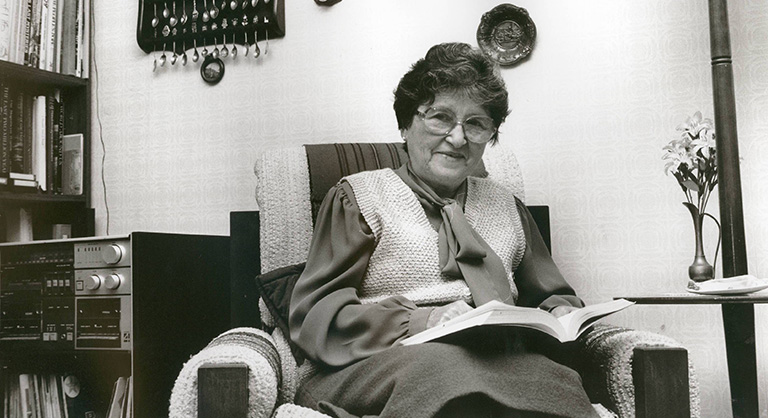
October 8, 2021
Regina Zielinski: Escape from Sobibor By Roslyn Sugarman, Head Curator Every year on 14 October we remember Regina Zielinski, Australia’s only Sobibor death camp survivor. Regina (Riva) was born on …
Holocaust ‘fashion’

October 1, 2021
Holocaust ‘fashion’ By Dr Jonathan Kaplan, 2021 Museum Research Fellow Despite the horrific conditions of the Nazi camps, prisoners tried to maintain control over their own bodies in whatever ways …
Survivor Portraits – Alice Loeb

September 30, 2021
Alice Loeb was born in 1943 in Zurich, Switzerland. She was born stateless, as her parents escaped from Austria in 1938 after the Nazis invaded.
“An eye for an eye”
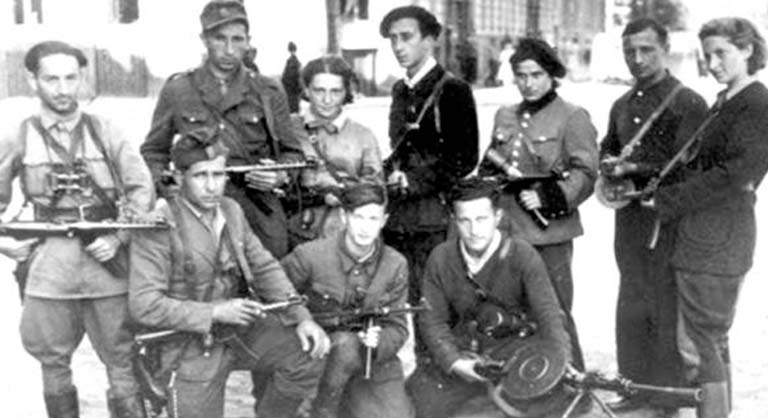
September 24, 2021
“An eye for an eye” By Emeritus Professor Konrad Kwiet, Resident Historian “Jewish Youth!… Do not be led astray. Of the 80,000 Jews in the ‘Jerusalem of Lithuania’ (Vilna) only …
A friendship book rescued from a second-hand bookshop
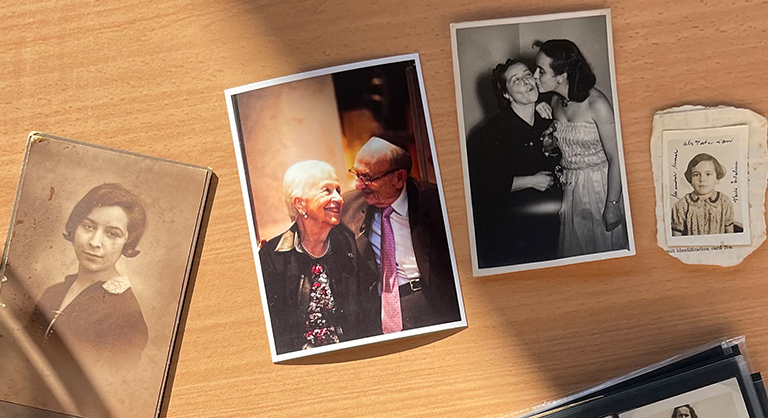
July 22, 2021
A small ‘autograph book’ or ‘friendship album’ kept by a young German girl came into our possession in 2015: it had been rescued from obscurity from a second-hand bookshop in Bondi in the mid-1980s. How it came to be there one can only speculate.
Preserving a lost religious world
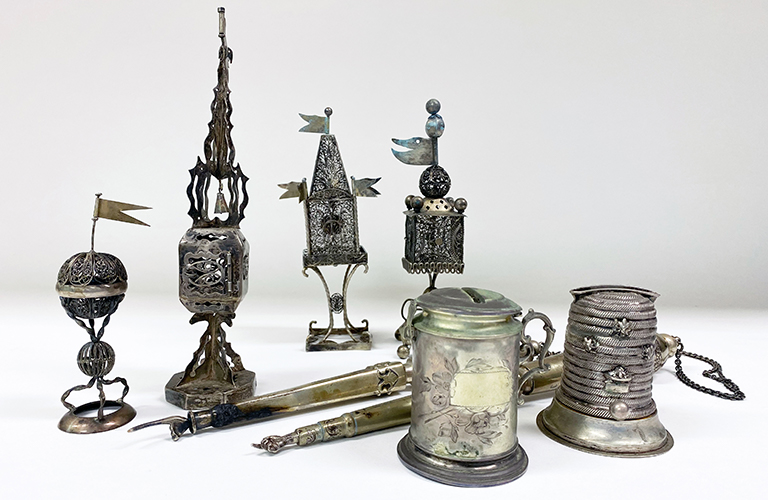
July 1, 2021
These silver Judaica items tell a story of a lost religious world. They survived the Holocaust and post-war communism, and were smuggled out from Hungary to Australia, one by one, in the 1980s.
Survivor Portraits – Maurice Linker

June 25, 2021
Maurice Linker was born in 1930 in Czernowitz, Romania. Maurice and his family survived the Holocaust with the help of the Mayor of Czernowitz.
Survivor Portraits – Beate Stricker

June 1, 2021
Beate Stricker was born in Berlin, Germany, in 1930. Beate’s father sourced the necessary papers for the family to leave immediately after Kristallnacht. Their destination was Australia.
Kapos: collaborators, perpetrators or victims?
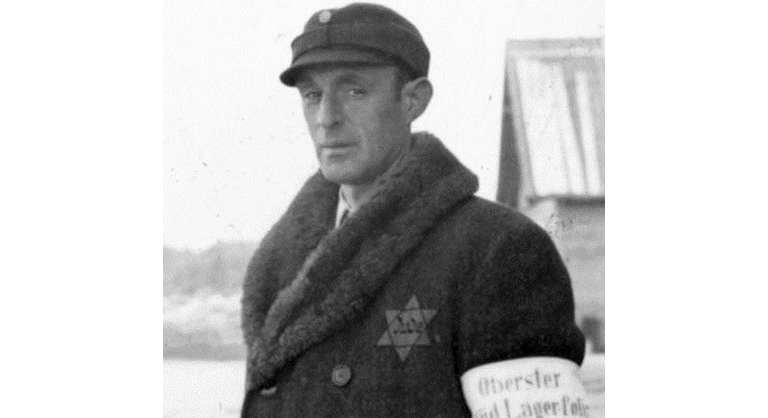
May 20, 2021
Kapos: collaborators, perpetrators or victims? By Emeritus Professor Konrad Kwiet, Resident Historian Jewish Kapos played a pivotal role in the history of the Holocaust. Imprisoned in concentration camps, Kapos were …
Survivor Portraits – Anne Heilig

April 30, 2021
Anne Heilig was born in Berlin, Germany in 1935. Hitler had already come to power and the persecution of the Jews in Germany had begun. Anne and her parents were lucky enough to receive a visa to Australia.
Honouring the dead

April 6, 2021
Honouring the dead Author: Emeritus Professor Konrad Kwiet, Resident Historian Jews follow religious laws and traditional rites of burying and honouring the dead. The deceased are thoroughly washed as an …

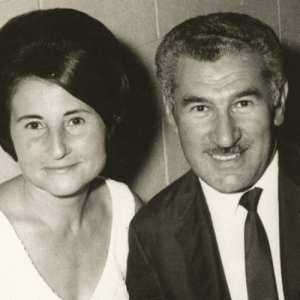




What’s On Newsletter
Keep up to date on all Museum events and exhibitions.